Young architects tasked to rethink Russia’s abandoned industrial sites in Kazan
For the second Russian Architecture Biennale for Young Architects, curator Sergei Tchoban, architect and founder of the Tchoban Foundation in Berlin, looked out into Russia’s post-industrial landscape and challenged Russian architects under 35 to propose some new solutions for a former faucet factory and a grain elevator near Kazan
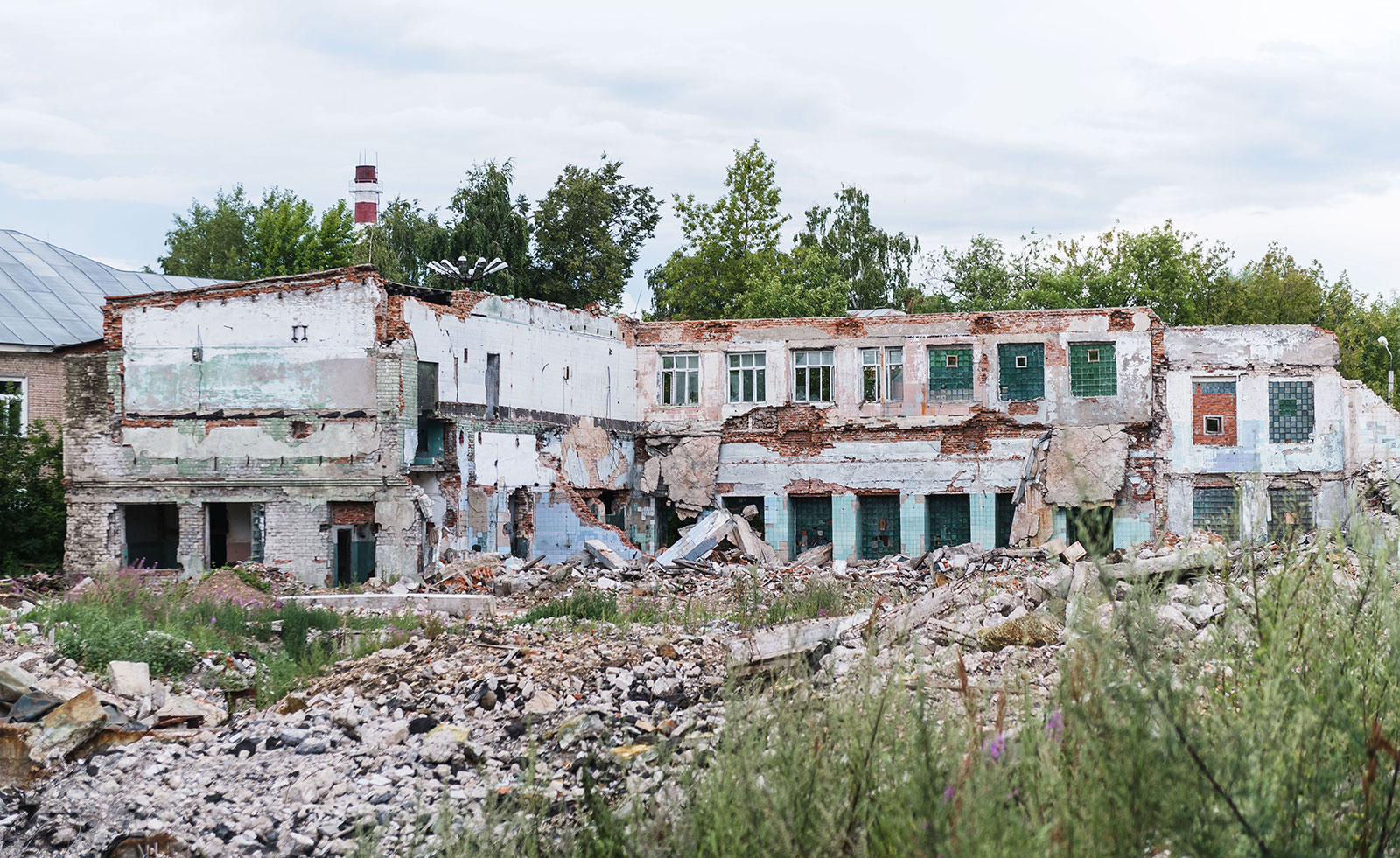
The so-called creative revitalisation of former industrial sites is a familiar refrain in Russian city-making. Moscow already counts numerous such projects under its belt – Red October, Hlebozavod and Artplay to name a few – and a few more in the making, like the 65-hectare ZilArt project, or Renzo Piano’s power-station-soon-turned-cultural-hub, GES 2.
Russia’s post-industrial landscape, however, doesn’t end on the fringes of its capital. Anachronistic, single-industry towns remain, and regions like the Middle Urals and Siberia are dotted with neglected industrial sites. Eight hundred kilometres east of Moscow, in the highly industrialised region of Tatarstan, the very topic of industrial revitalisation was recently discussed during the second Russian Architecture Biennale for Young Architects – courtesy of programme operators and urban development experts Citymakers.
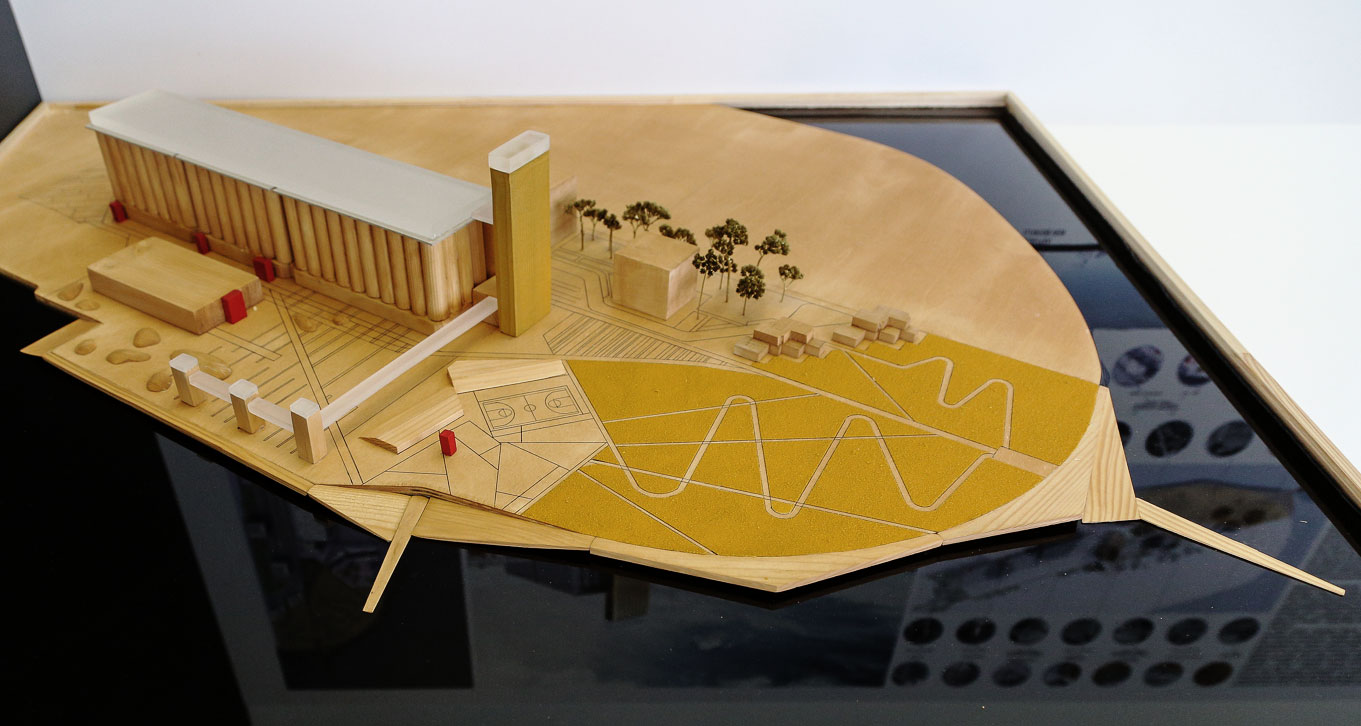
Proposal by UFA-based Azat Akhmadullin
Curated by Sergei Tchoban, director of SPEECH architectural office and Tchoban Voss Architekten, and directed by Natalia Fishman-Bekmambetova, aide to the President of the Republic of Tatarstan, the biennial’s theme – giving a second life to industrial sites – was presented in the format of a competition. Applicants were asked to develop proposals for the rehabilitation of two industrial sites: a former faucet factory in the capital city of Kazan, and a grain elevator in Kazan’s river port that is still operating but in a location ripe for development opportunities.
‘We wanted to give a brief that was really belonging to clear and actual problems in Russia,’ says Tchoban, who helped devised a ratio for the new site: equal parts office and housing and smaller pockets with hotel, cultural and retail functions.
‘We’re giving power back to the architect, and we’re giving power back to young people’
Natalia Fishman-Bekmambetova
The winning proposals are not guaranteed to be built – both sites are privately-owned, and the owners were not ready to commit just yet – but the topic, and the applicants’ proposals raise important questions. How do we preserve industrial heritage while catering for modern-day needs? What are the benefits of revitalised industrial spaces, and what are the challenges? The winning proposal for the factory, by Aleksandr Alyaev, seeks to make the new, mixed-use site, permeable to its surroundings while preserving all historical buildings.
Alyaev, like all other applicants, is under 35 – an age cap that underlines the biennial’s ambition to give young architects a voice. ‘In general, age is no criteria, but it’s a good criteria for a competition because this is about supporting the young,’ says Kristin Feireiss, German design curator and co-founder of the Aedes Architecture Forum in Berlin, who sat on the jury along with Dutch architect Michiel Riedijk and Shanghai-based Philip Yuan.
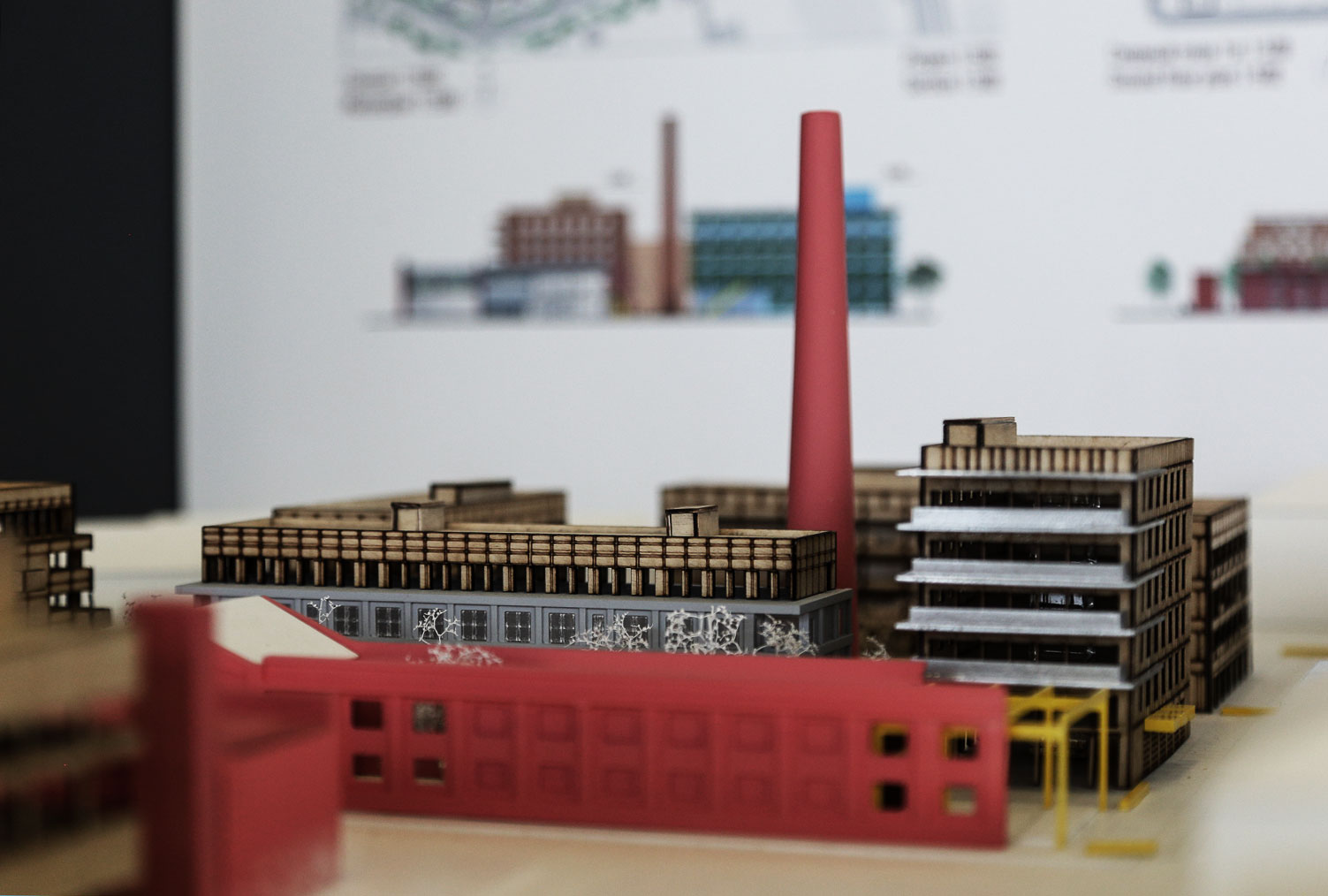
Proposal by Moscow-based Aleksandr Alyaev
In fact, giving young creatives a voice has been front-of-mind in Tatarstan for a while. Since 2015, the region has experienced a remarkable growth in green infrastructure as part of Tatarstan’s Public Spaces Development Program, led by Fishman-Bekmambetova, then aged only 24, and a team of architects averaging 25.
As part of the programme, over 350 parks and public spaces have been developed through a participatory design approach involving local communities around Tatarstan. ‘It’s becoming an inevitable process, the engagement of young people, the creation of opportunities, the role of the architect,’ says Fishman-Bekmambetova.
Receive our daily digest of inspiration, escapism and design stories from around the world direct to your inbox.
In Soviet times, she explains, the role of the architect was diluted amidst the low-cost, mass-scale housing construction efforts. ‘What is happening now, is we’re giving power back to the architect, and we’re giving power back to the non-corrupt, young people.’
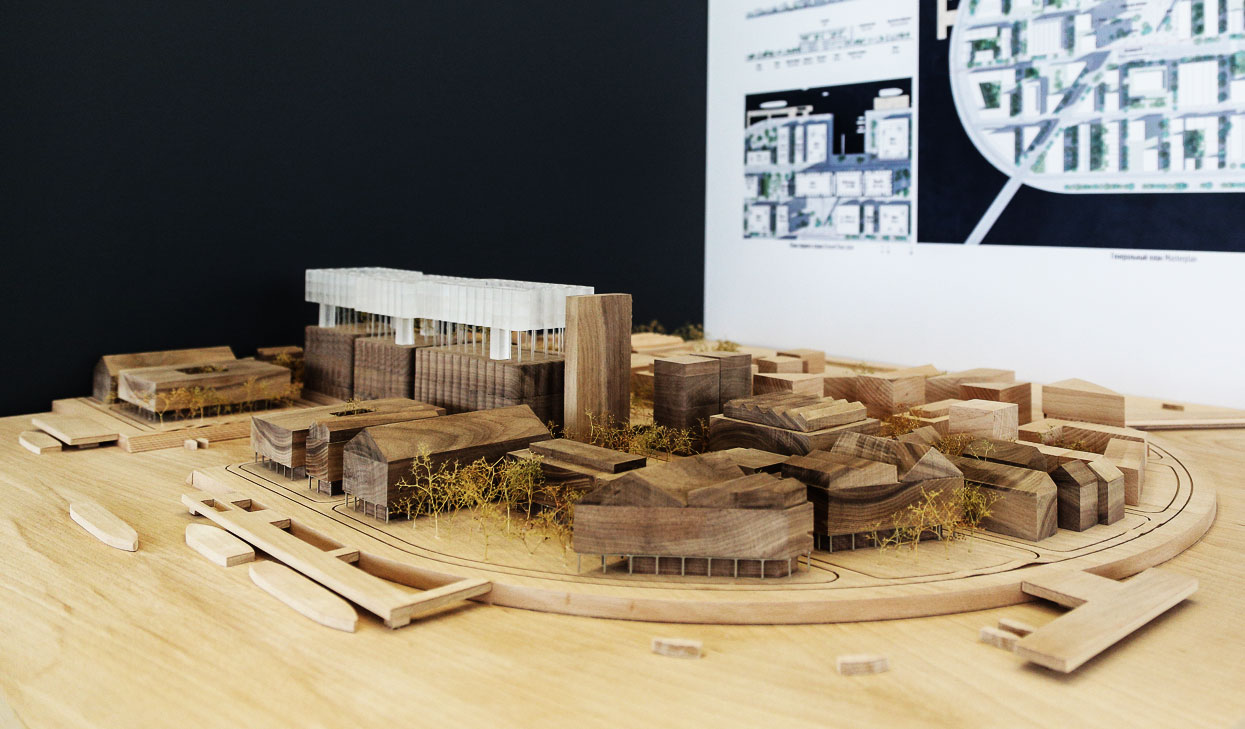
Gold Award proposal for the former industrial site featured in the exhibition by Moscow based Architectural Bureau LETO (Pavel Kultyshev, Dmitrii Prikhodko)

A former basement surrounded by rubble at the Santekhpribor factory, Kazan
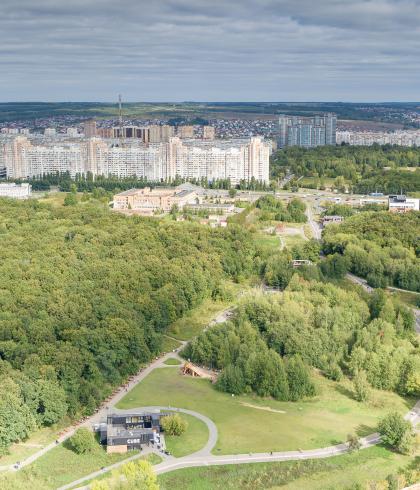
New paths and a community pavilion at the Gorkinsko Ometyevsky Forest designed alongside the local community.
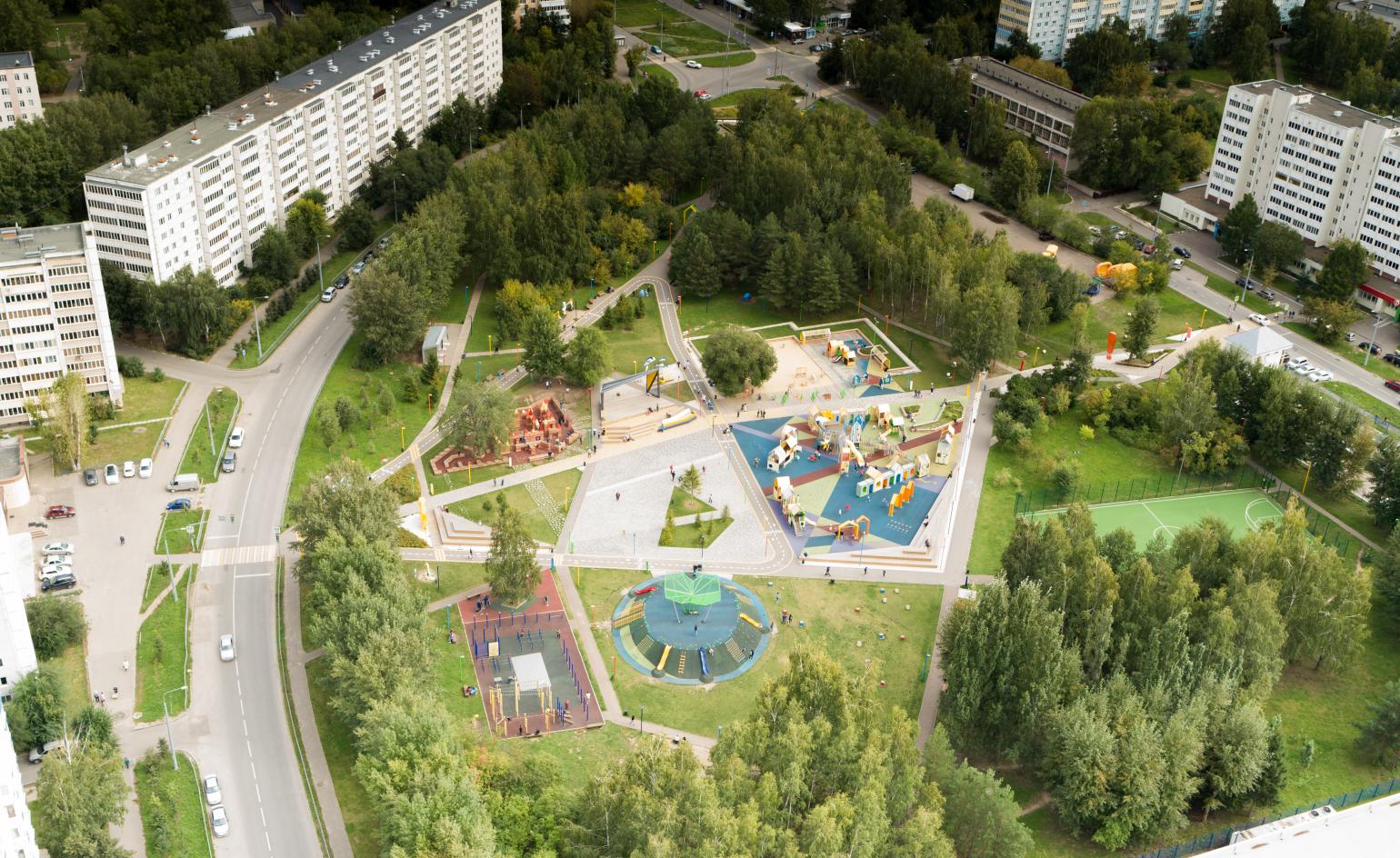
The Children’s Park Kaleydoskop rehabitilated with a colourful new design.
INFORMATION
The Russian Architecture Biennale for Young Architects ran from 24 – 26 October 2019 in Innopolis in the Republic of Tatarstan, Russia
-
 Own an early John Lautner, perched in LA’s Echo Park hills
Own an early John Lautner, perched in LA’s Echo Park hillsThe restored and updated Jules Salkin Residence by John Lautner is a unique piece of Californian design heritage, an early private house by the Frank Lloyd Wright acolyte that points to his future iconic status
-
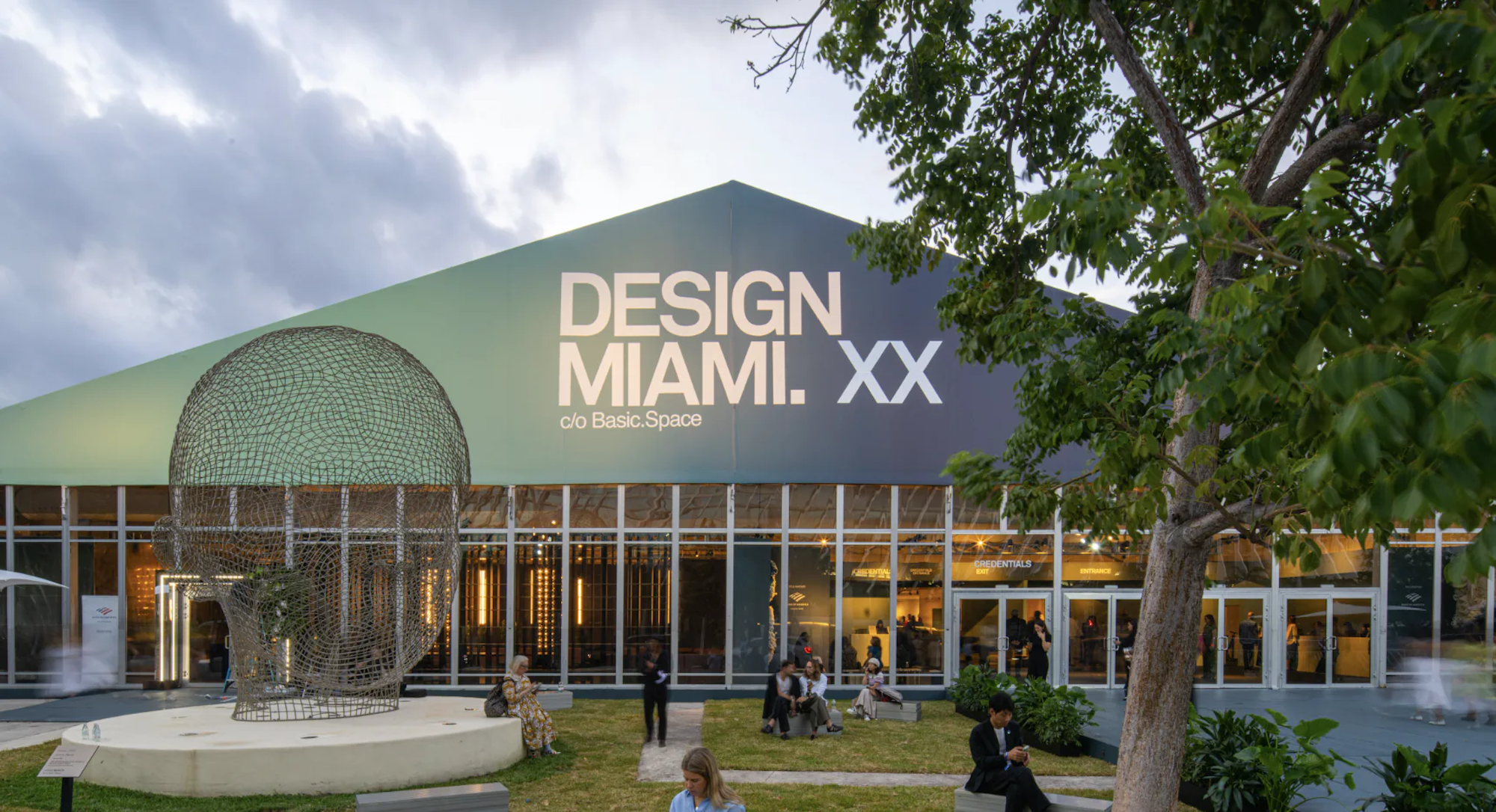 20 things that positively delighted us in and around Design Miami this year
20 things that positively delighted us in and around Design Miami this yearFrom covetable 20th-century masterpieces to a tower made from ceramic pickles, these were the works that stood out amid the blur of Art Week
-
 Montcalm Mayfair opens a new chapter for a once-overlooked London hotel
Montcalm Mayfair opens a new chapter for a once-overlooked London hotelA thoughtful reinvention brings craftsmanship, character and an unexpected sense of warmth to a London hotel that was never previously on the radar
-
 Soviet brutalist architecture: beyond the genre's striking image
Soviet brutalist architecture: beyond the genre's striking imageSoviet brutalist architecture offers eye-catching imagery; we delve into the genre’s daring concepts and look beyond its buildings’ photogenic richness
-
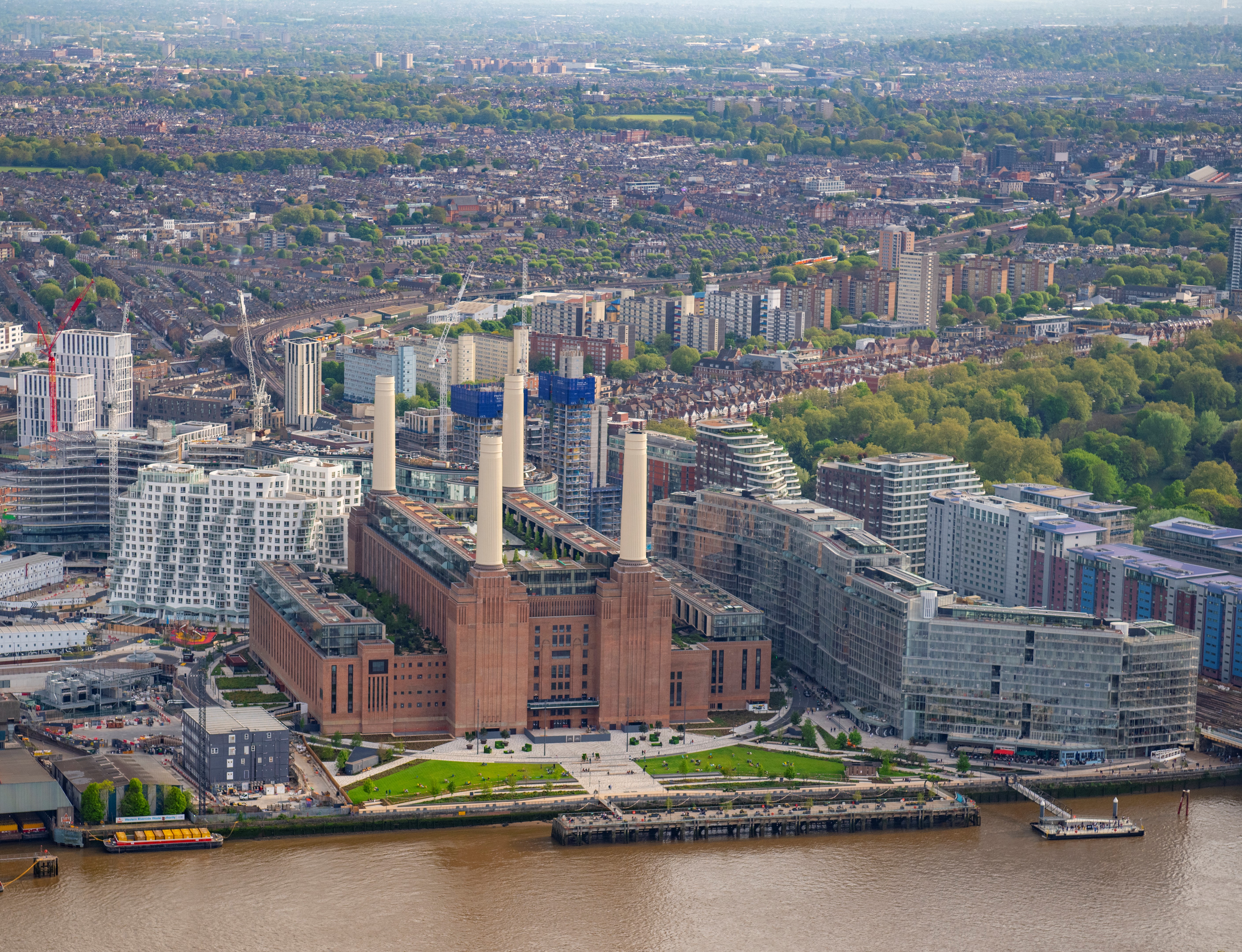 Battersea Power Station redesign heralds new era for London landmark
Battersea Power Station redesign heralds new era for London landmarkWe tour the freshly redesigned Battersea Power Station, a legendary piece of London architecture and its growing, new urban hub
-
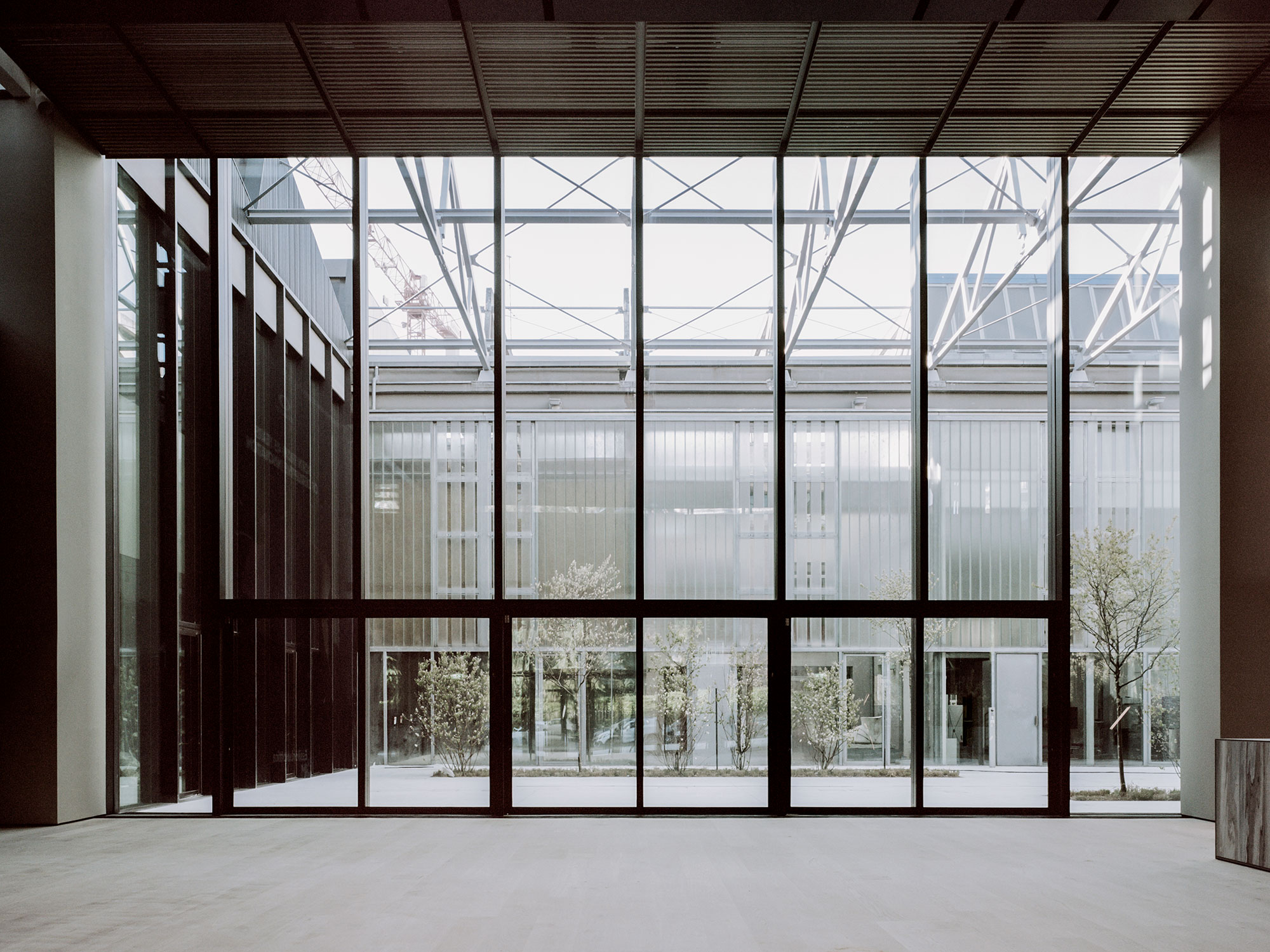 Minimalism and transparency rule at Luxottica’s Digital Factory in Milan
Minimalism and transparency rule at Luxottica’s Digital Factory in MilanLuxottica's Digital Factory by Milan-based architects Park Associati is the latest addition to the city's via Tortona neighbourhood
-
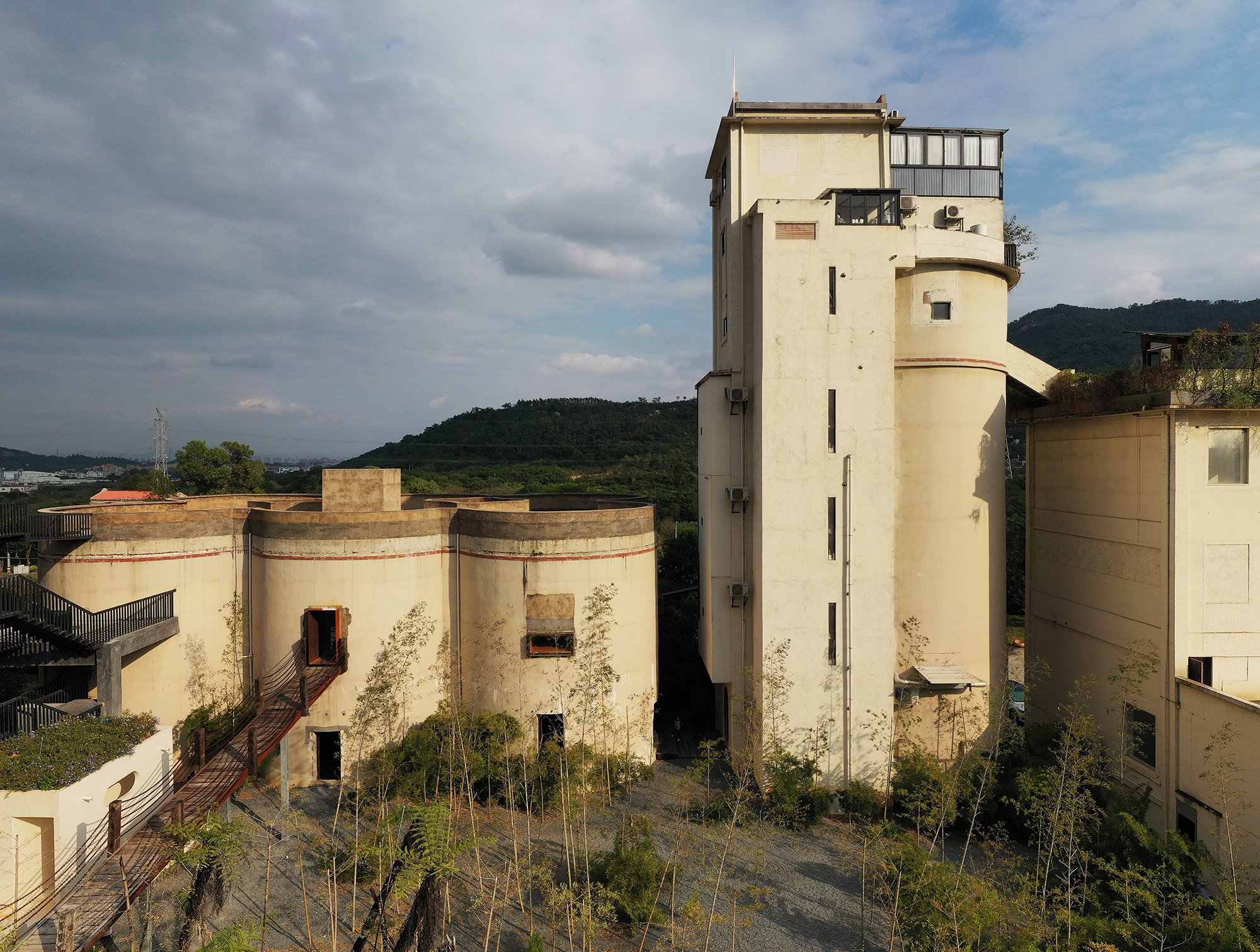 A Chinese industrial building transformation makes for a minimalist live/work space
A Chinese industrial building transformation makes for a minimalist live/work spaceThe renovation of an abandoned cement factory on the southeastern coast of China by designer Wanmu Shazi resulted in a minimalist and calming live/work space
-
 Shangri-La Shougang Park: industrial building turned fantastical hotel
Shangri-La Shougang Park: industrial building turned fantastical hotelLissoni & Partners has designed Shangri-La Shougang Park, a new hotel in Beijing that reimagines industrial architecture for the hospitality world
-
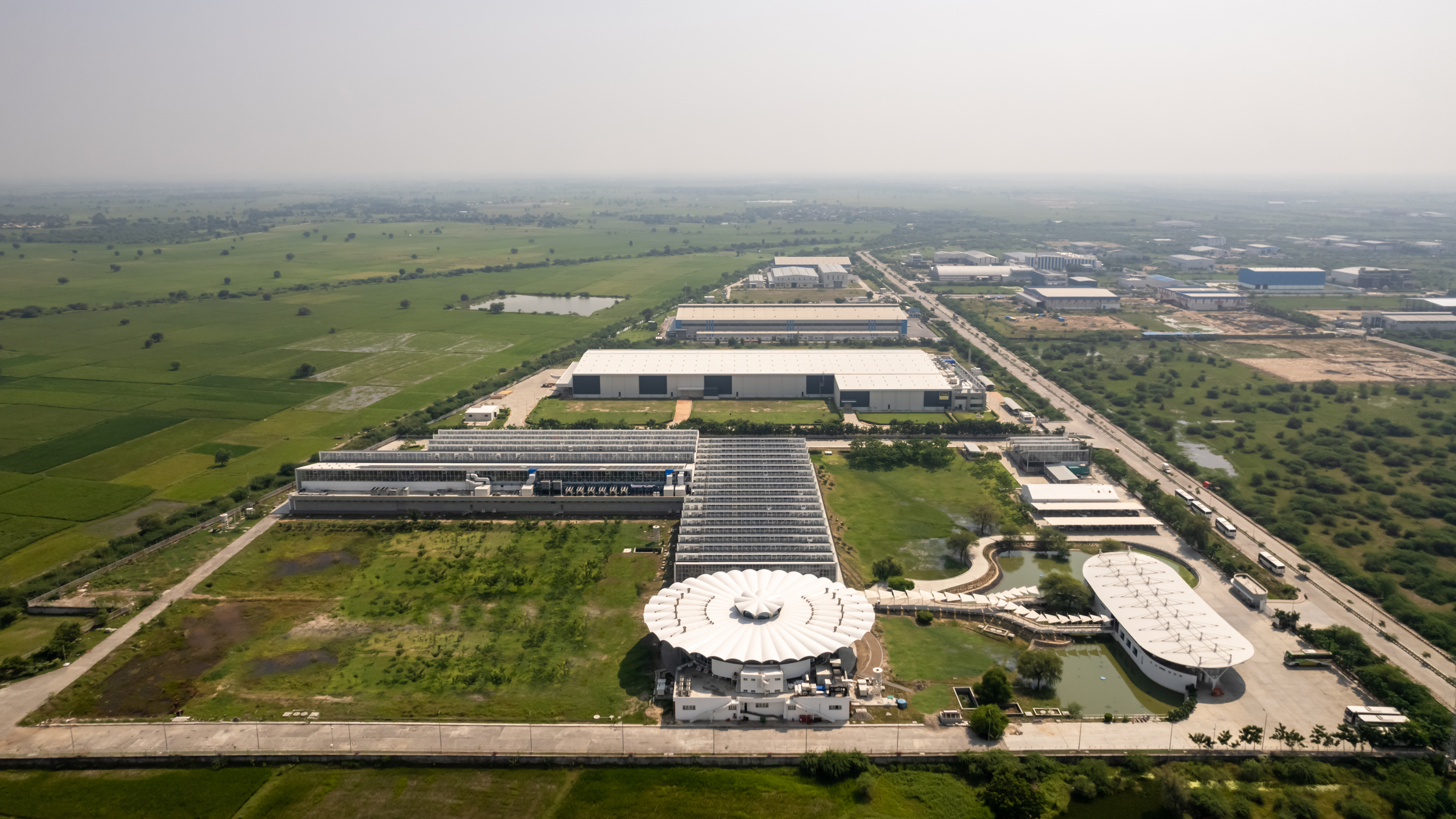 Studio Saar’s modern industrial facility in India reimagines factory architecture
Studio Saar’s modern industrial facility in India reimagines factory architectureThe new Secure factory in Sanand by Studio Saar brings industrial architecture to the 21st century
-
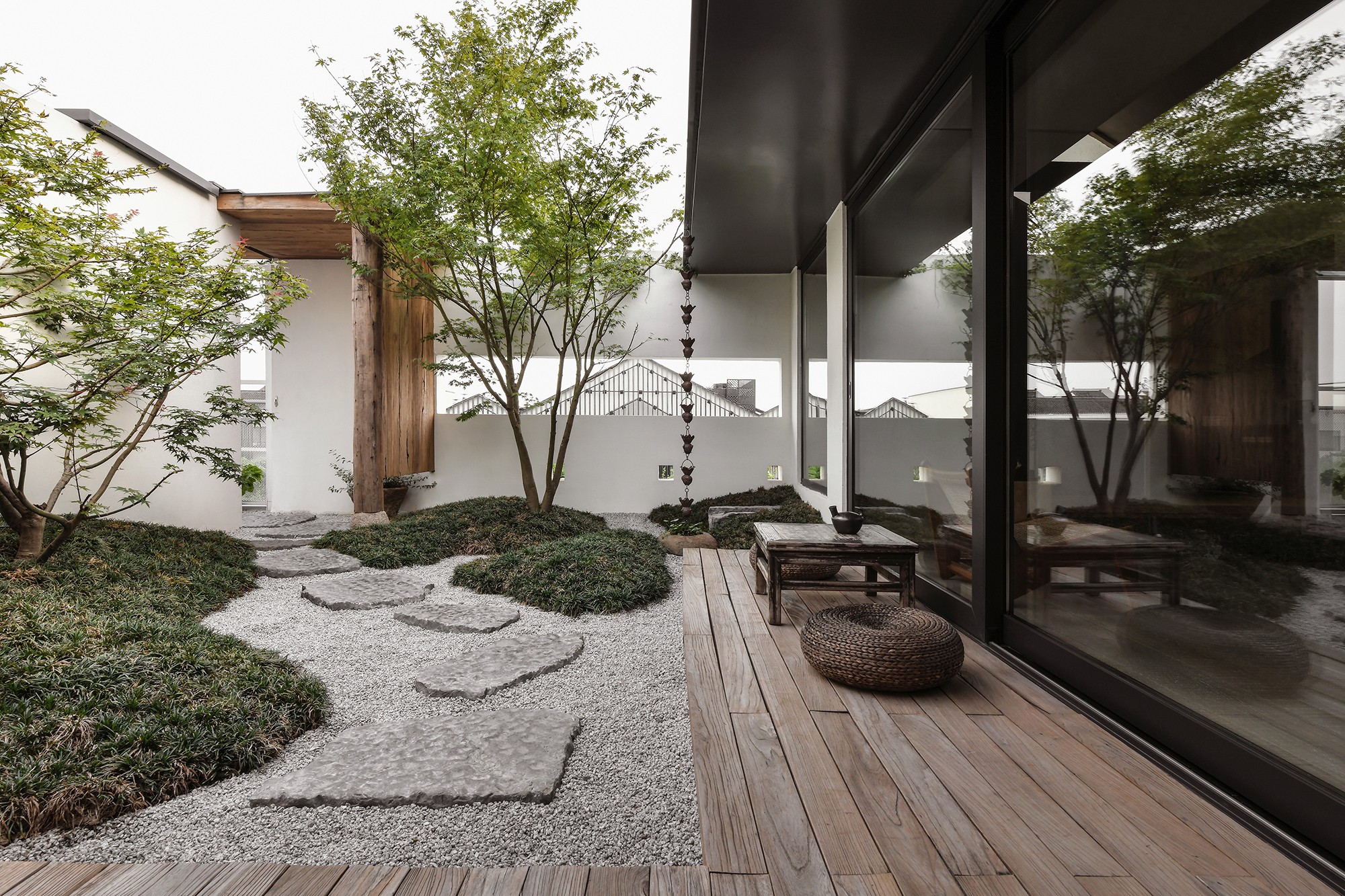 Villa in Xitang’s Ancient Town blends luxury and Chinese vernacular architecture
Villa in Xitang’s Ancient Town blends luxury and Chinese vernacular architectureVilla in Xitang Ancient Town is the latest hospitality complex in the historic water town of the Jiangnan region in southern China, courtesy of Nature Times Art Design Co
-
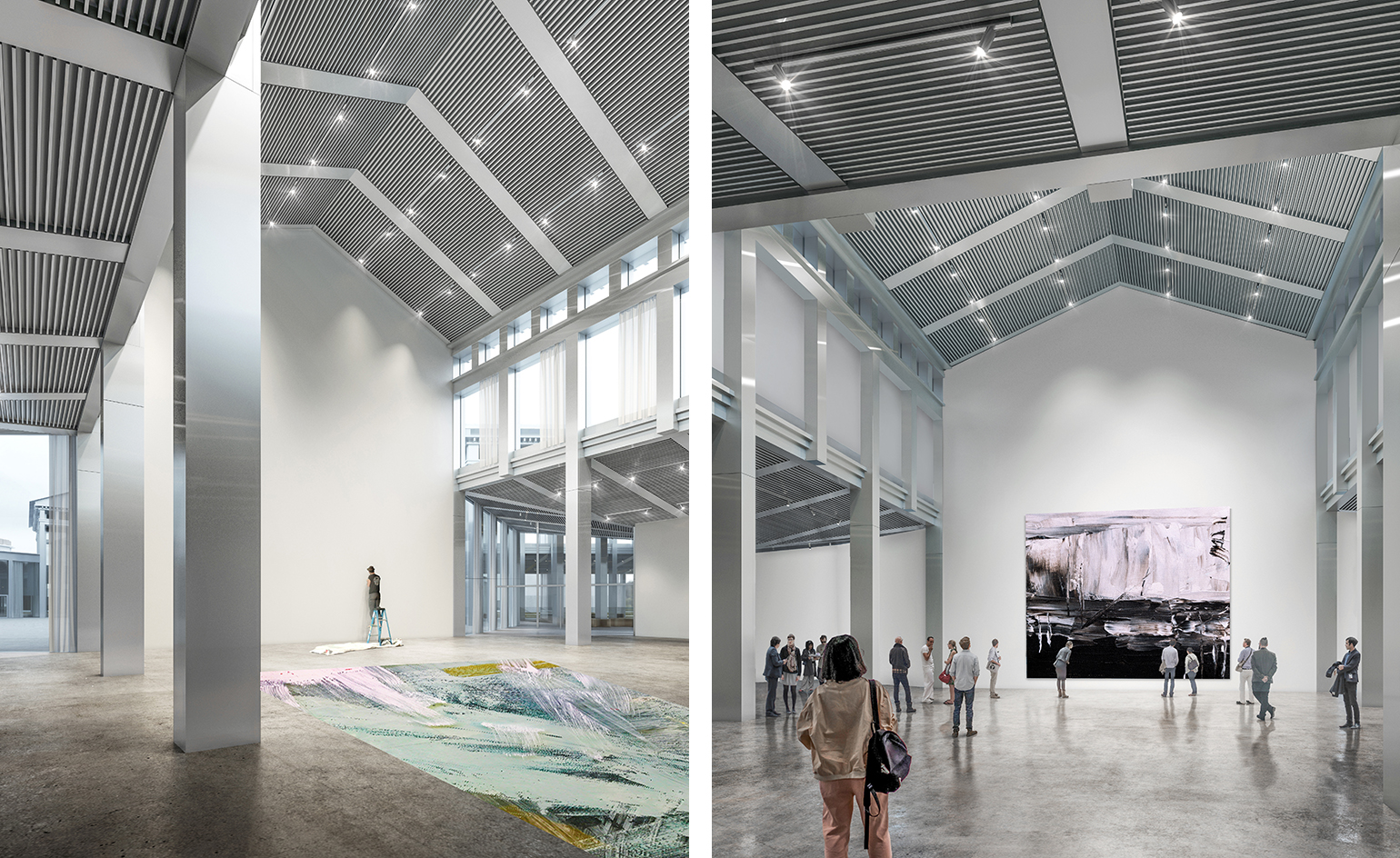 SANAA to resurrect Hexagon pavilion for Moscow’s Garage Museum extension
SANAA to resurrect Hexagon pavilion for Moscow’s Garage Museum extensionJapanese firm SANAA will overhaul the Hexagon pavilion, a 1920s Ivan Zholtovsky-designed structure in Gorky Park, for a Garage Museum extension